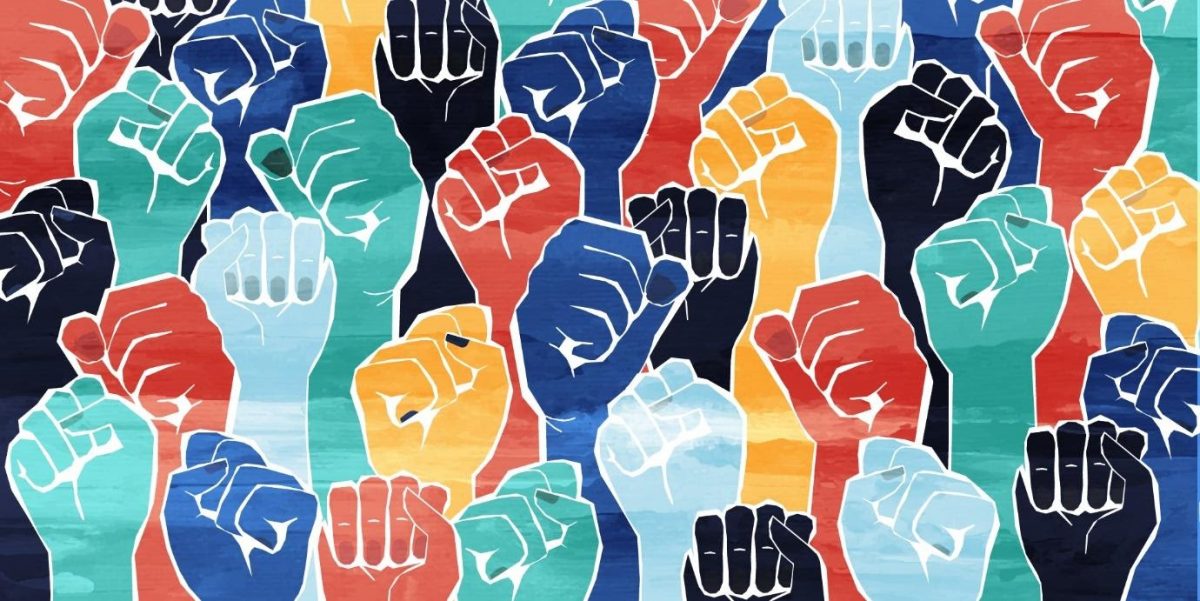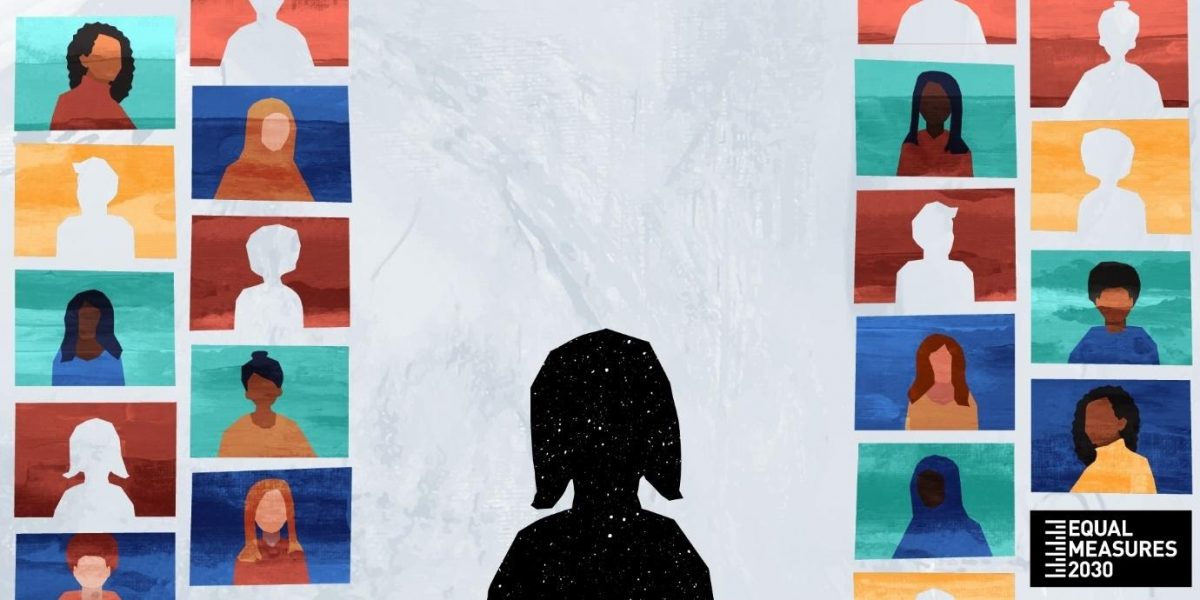On May 12, 2021, Equal Measures 2030, in partnership with the Tableau Foundation, launched the first cohort of data journalist fellows. These 16 data journalists hail from Kenya and India and will work with Tableau and EM2030 over the next year to write stories about gender issues using Tableau visualizations. They will complete six days of classroom training to enhance their Tableau skills and work with Tableau mentors throughout the project to ensure ongoing growth and learning. They will also work with EM2030’s staff and national partners to produce data-based stories that are relevant to gender issues in their countries. By the end of the fellowship, the journalists will have gained skills in Tableau that will enable them to more effectively use data in their storytelling.
At the inception of the fellowship, we have asked the fellows to reflect on what keeps them motivated to work in journalism, how Tableau will help them in their work, and why they are participating in this fellowship.
Why journalism?
“When practised in a true feminist sense, one upholds the agency of people that one is writing about, keeps their voices intact and at the centre of the article/video that one is creating and ultimately passes the mic and amplifies the voices of the marginalised.” -Aarushee Shukla, India
“Journalism brings issues to fore that would have otherwise stayed hidden.” -Maria Powerson, Kenya
“…what always motivates me in pursuing journalism currently is how to harness data revolution and reshaping the gender narrative through creative communication and social justice storytelling” -Rosemary Okello-Orlale, Kenya
“As the world continues to move towards an accelerated climate change scenario, we are forgetting about the poorest and the most marginalised communities that will be the most affected. I want to keep reminding the world about the people that they have forgotten about and this is what keeps me motivated.” -Shreya Raman, India
Why Tableau?
“Learning Tableau will be crucial in giving me the technical skills necessary to produce data journalism stories and in driving my higher ambition to tell stories that influence positive change.” -Ivy Nyayieka, Kenya
“Tableau will be like opening flood gates. It will allow me to make infographics in my own stories, in the stories of people who might need my help and also, it would help me to visualise stories for the company.” -Nancy Agutu, Kenya
“I will use the skills learnt to amplify the writing work I already do, particularly influencing policy, to create a greater positive impact for equality in tourism.” — Lucy Atieno, Kenya
“The effective use of tools to analyse and present data in an efficient yet aesthetic manner is critical so that the products reach a wide and diverse audience.” -Lalita Pulavarti, India
Why this fellowship?
“My strength when telling stories lies in human interest stories with a bias in women and children. I would love to tell my stories in a more powerful way using better tools and ways of doing so.” -Saada Hassan, Kenya
“I feel the Data fellowship is a perfect fit for development practitioners to build data-related skills that will enable us to share a more wholesome picture of what’s happening on the ground.” -Pooja Singh, India
“I saw this scholarship as a great opportunity to expand my knowledge-base in data journalism as well as learn new skills that can enable me to transform lives through fact-based stories.” -Viola Kosome, Kenya
“I want to tell stories with a deliberate angle that includes affairs affecting genders. It is vital for storytellers to be informed on biases and how they can influence society’s policies, regulations, and people’s lives.” -Sharon Kiburi, Kenya
“Since May 2020, I have been curating #WomenLead, a newsletter about women in politics. A desire to build on that work, and a wish to steer evidence-backed, compelling conversations about the gender skew in India’s politics is why I applied for the fellowship.” -Akshi Chawla, India
Each month, we will be spotlighting different fellows and the work they are doing through this project. We are excited to share these wonderful gender advocates and their stories with you over the next year!
Learn more about the EM2030/Tableau partnership.



